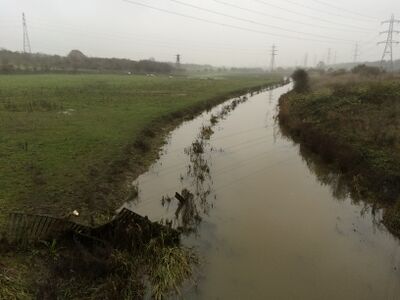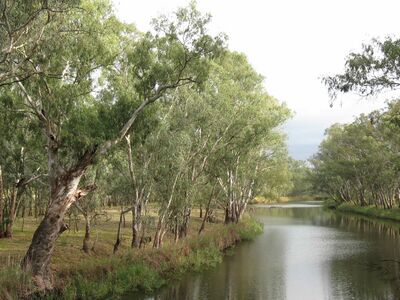1D Open Channels: Difference between revisions
Rohan.king (talk | contribs) |
Rohan.king (talk | contribs) |
||
| Line 24: | Line 24: | ||
=Error trapping= |
=Error trapping= |
||
*''under construction'' |
*''under construction'' |
||
==Circulations== |
|||
==1D/2D boundary - alignment of cells== |
|||
==1D/2D boundary - spill level== |
|||
=Typical check files used= |
=Typical check files used= |
||
Revision as of 14:24, 22 July 2016
Page Under Construction
Introduction
Open waterways (channels) are most commonly modelled as "S" type channels, the S signifies a sloping channel that can handle steep, super-critical flows. Open channels can either be modeled as an inertial or non-inertial channel, the latter removes the Courant stability condition and is useful for stabilizing very short S channels with high velocities.
Examples of open channels that could be modelled in 1D


Basic Commands
Within the *.ecf the following commands and files are at a minimum required to a model an open channel:
Read GIS Network ==..\model\mi\1d_nwke_xxxxx.MIF ! network layer containing "S" channel alignments
Read GIS Table Links ==..\model\mi\1d_xs_xxxxx.MIF ! corresponding cross-section polylines
The tutorial model here runs through the necessary layers and setup for a 1D open channel within a model.
Error trapping
- under construction
Circulations
1D/2D boundary - alignment of cells
1D/2D boundary - spill level
Typical check files used
The table below highlights some of the commonly used check files when reviewing 1D open channels. The full list of TUFLOW check files can be found here.
Any further questions please email TUFLOW support: support@tuflow.com
Back to 1D Hydraulic Structures